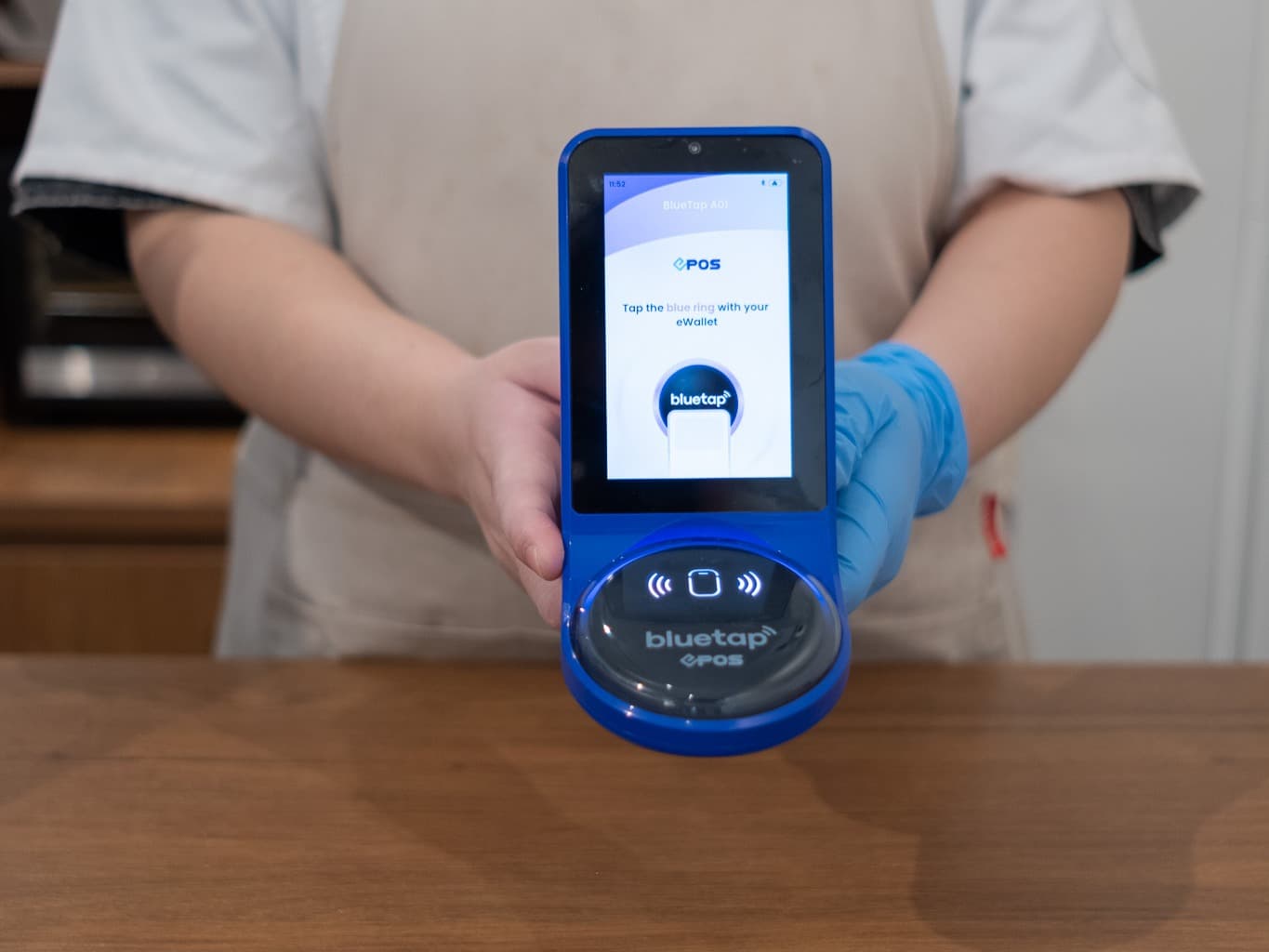
By Todd White, Co-Founder of GuideCX
The future of work is hybrid. According to a recent Gartner survey, 82 percent of company leaders intend to support a hybrid workplace. This means that organizations must adapt to a more complex work model that not only challenges the traditional 9-to-5 model, but introduces a new way of collaborating to get the job done.
When management supports a hybrid workplace model, its radical flexibility is beneficial for the company and its employees. For example, an improved work–life balance, increased productivity, and the capacity to reach wider pools of talent. Not to mention reduced business costs too!
Work that grants so much flexibility to their employees must also demand it. To keep your employees happy and productive, you must be able to support them with hybrid-specific processes. Hybrid work is here to stay, so invest in your processes now. Here are three tips to do just that so you can reap the full benefits of providing this flexibility to your organization.
Establish Expectations
With your team spread out in different locations, it’s more important than ever to set and communicate expectations well. From next steps to communication style and etiquette, each team member must know exactly what needs to be done. This is so you can guarantee quality and efficiency at every step. On top of creating processes and information for everyone, you also need to grant access to that information so that it’s easily accessible whenever needed.
Shared expectations and processes are especially important in the case that you have team members and clients in different time zones. Because you’ll need to communicate any changes or news to everyone involved in a project, implement a system that allows you to send regular updates with your team. Consider using a platform that allows you to automate notifications or set up a manual process each morning; regardless of how you end up creating these expectations, identify a procedure and maintain it.
The solutions you create in your hybrid work model need to offer permanent support for your organization, so don’t give up before you find a process that works for you and your team. Driving lasting change relies on consistency. Don’t forget: It’s better to spend time finding the right process than to rush into a quick fix that doesn’t fit your culture or workflow.
Make Excellent Communication a Priority
Similar to shared expectations, reliable and consistent communication is key to supporting a thriving hybrid workplace. In an environment split between in-office and remote workers, it can be difficult to maintain the same level of communication as is typical in a traditional 9-to-5 office space. This means that we need to reshape the methods by which we communicate to counteract these challenges. It’s important to insure that all employees feel welcome and become involved in every project.
First, establish a method of continuous communication, whether it be through messaging, video calls, in-person meetings, or a combination of each. When your employees can rely on a consistent schedule, it will be much easier for them to sync up with one another and digest important information. Similarly, it may be necessary to write everything down to ensure that no idea or intention is misunderstood or forgotten—especially if a coworker is unable to attend a meeting due to a difference in time zone.
Employee engagement is one of the most important aspects of company success. It leave workers feeling more satisfied with work, increases productivity, improves their work performance, and help you cut down on costs. As you prioritize excellent communication, don’t forget to involve everyone in the conversation—especially if one of your employees may be farther away than others.
Offer Continuous Support
Change isn’t easy. As your workplace adapts to returning to the office, you must be able to provide continuous support through both technology and social connection. Especially since most people are adjusting to a new work–life balance again. For example, an overworking culture can easily penetrate the hybrid work model as remote employees fear the perception of slacking off. They usually counteract it by overworking and burning themselves out. It’s up to management to emphasize the quality of work. Simply being logged into the system isn’t a sign of productivity.
Similarly, it can be easy to socially withdraw from coworkers if you aren’t consistently connecting with them. In a hybrid work model especially, it can be easy for remote workers to feel out of the loop. Consider holding hybrid in-office and remote meetings designed to identify any challenges in the new work model so that you can make efforts to mitigate them. This will help foster trust, respect, and collaboration between your employees.
Shocker: The hybrid work model relies on functional technology. Therefore, ongoing technical support is necessary for the success of your workplace. Slow internet connection, a less sophisticated home office setup, and forgotten passwords can all impact an employee’s ability to complete their work. Don’t wait until your employees suffer from technology issues. Give them access to tools they need to solve any problems before they arise.
Supporting a hybrid work environment means adapting to the modern workplace and instilling lasting change within your workplace model. To best manage your workplace and drive success and productivity, establish clear expectations with your team, prioritize excellent communication, and don’t forget to provide reliable support in the areas they most need it.
About the Author:
Todd has built multiple sales teams from the ground up and bases his sales philosophy on customer experience. After analyzing the #1 cause of SaaS churn–rough and lengthy installs–he and a co-worker set out to solve that problem. They built GuideCX, where Todd is hyper-focused on creating the best new customer experience there is on the market


